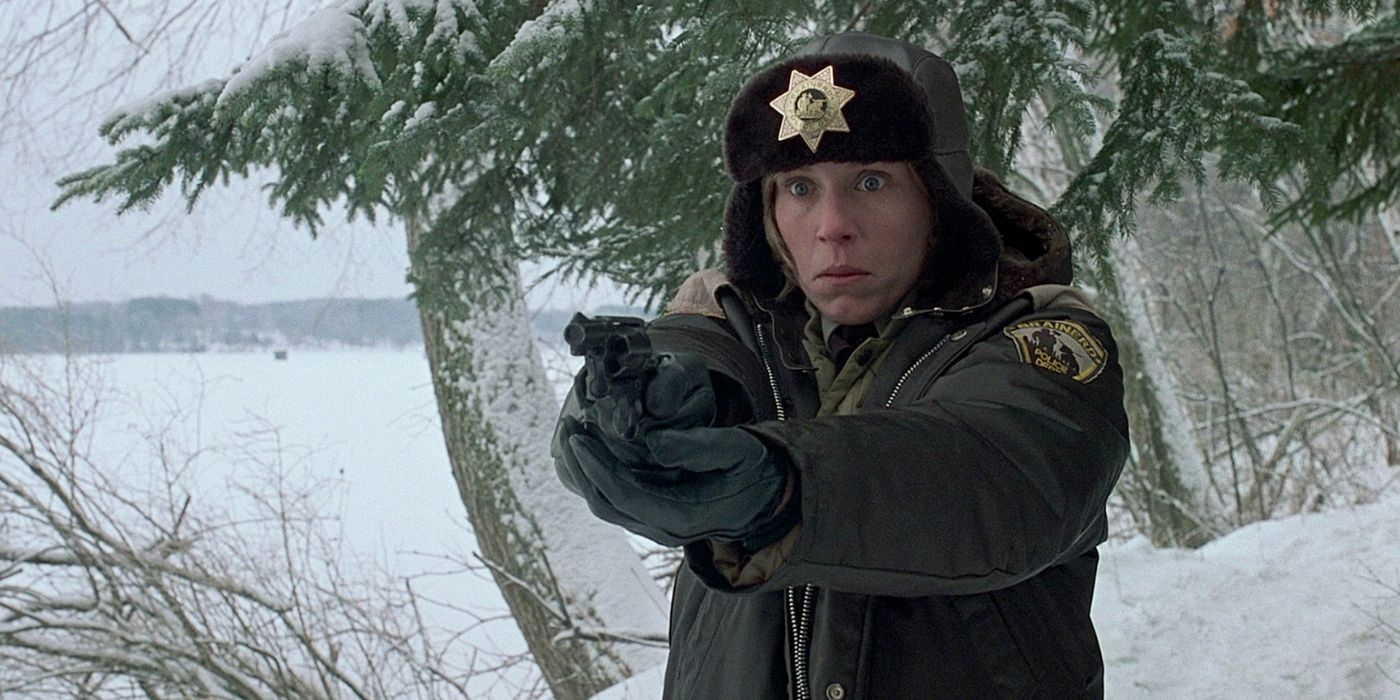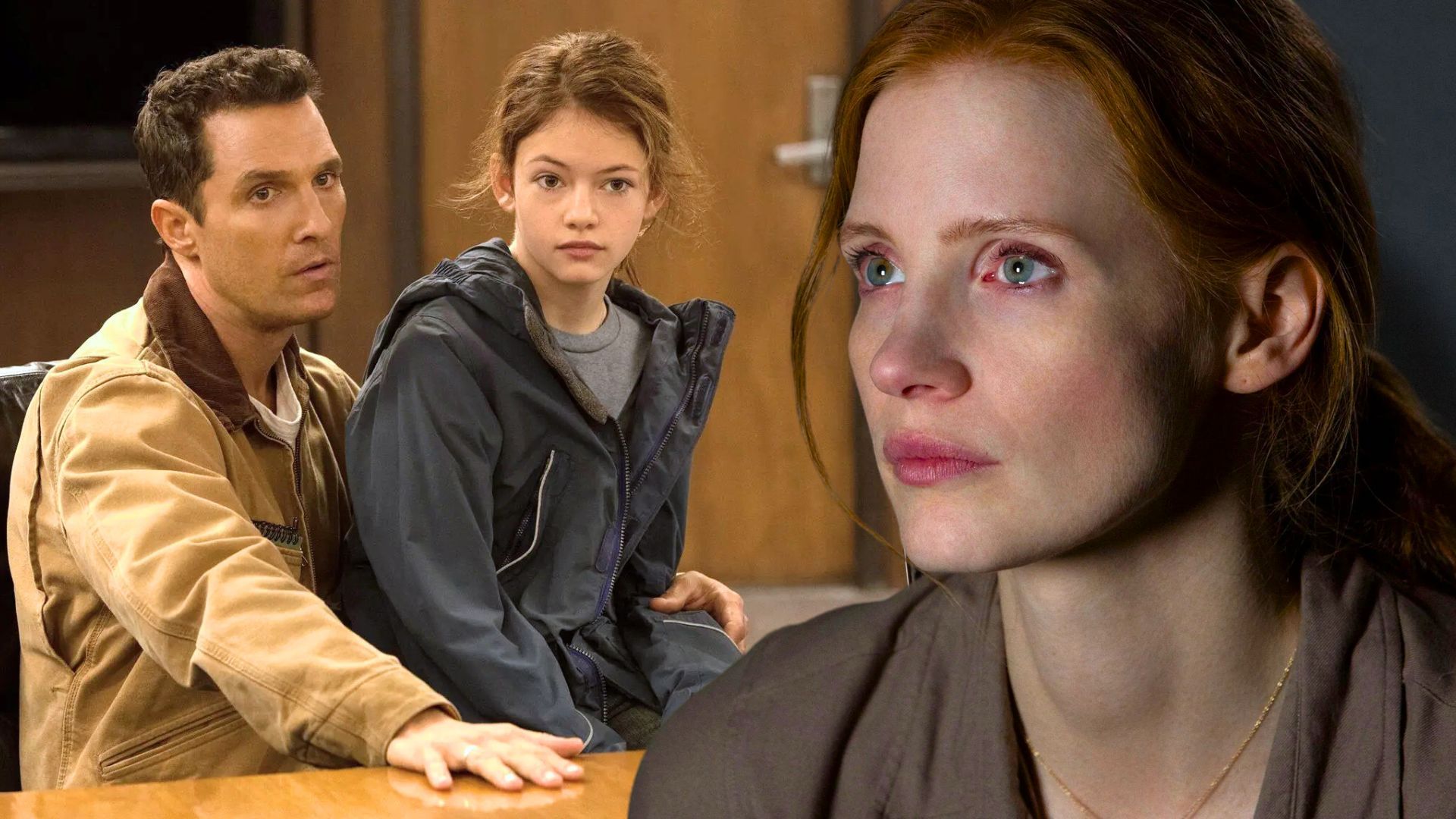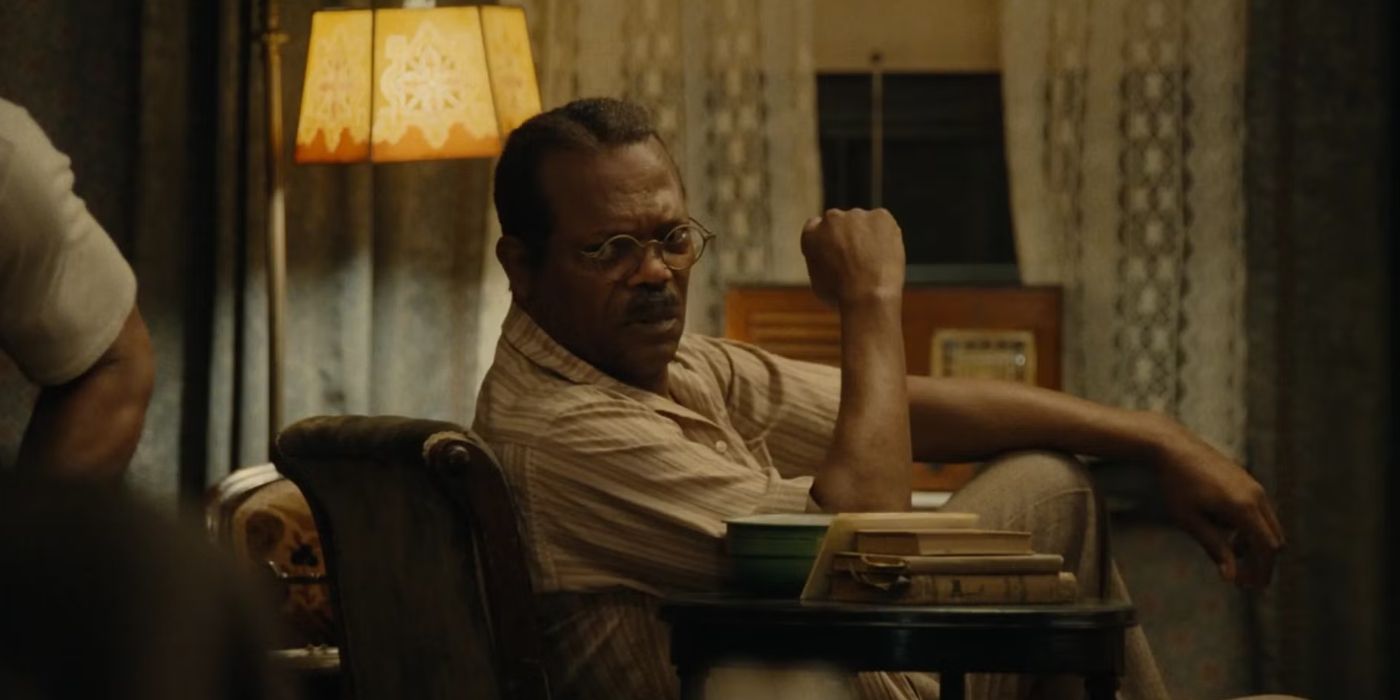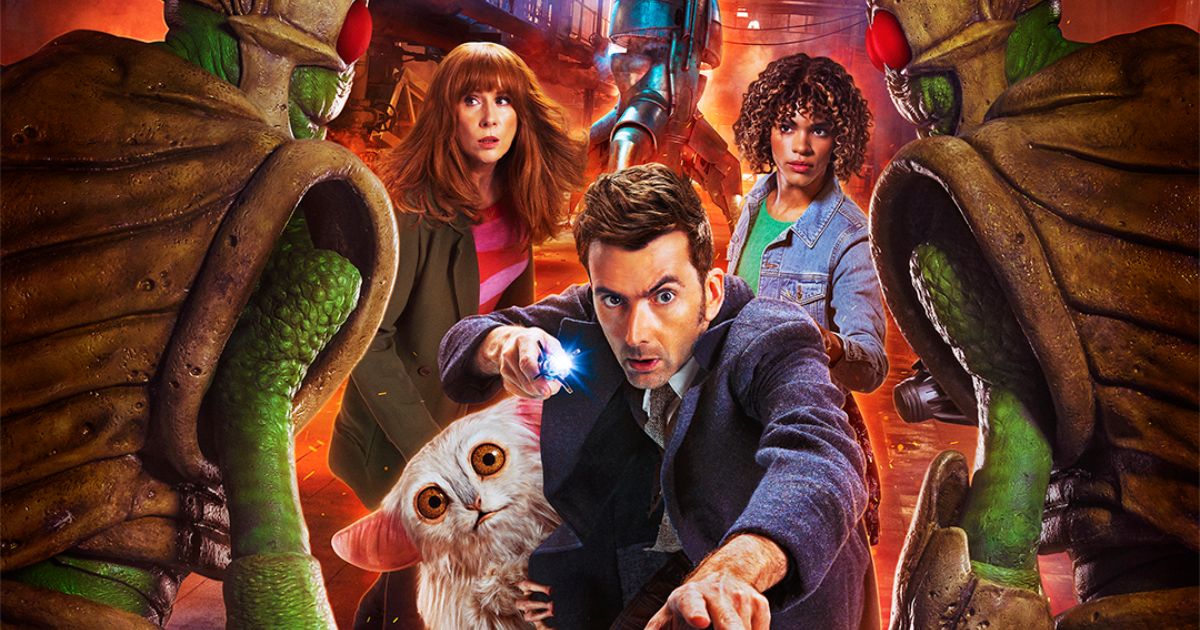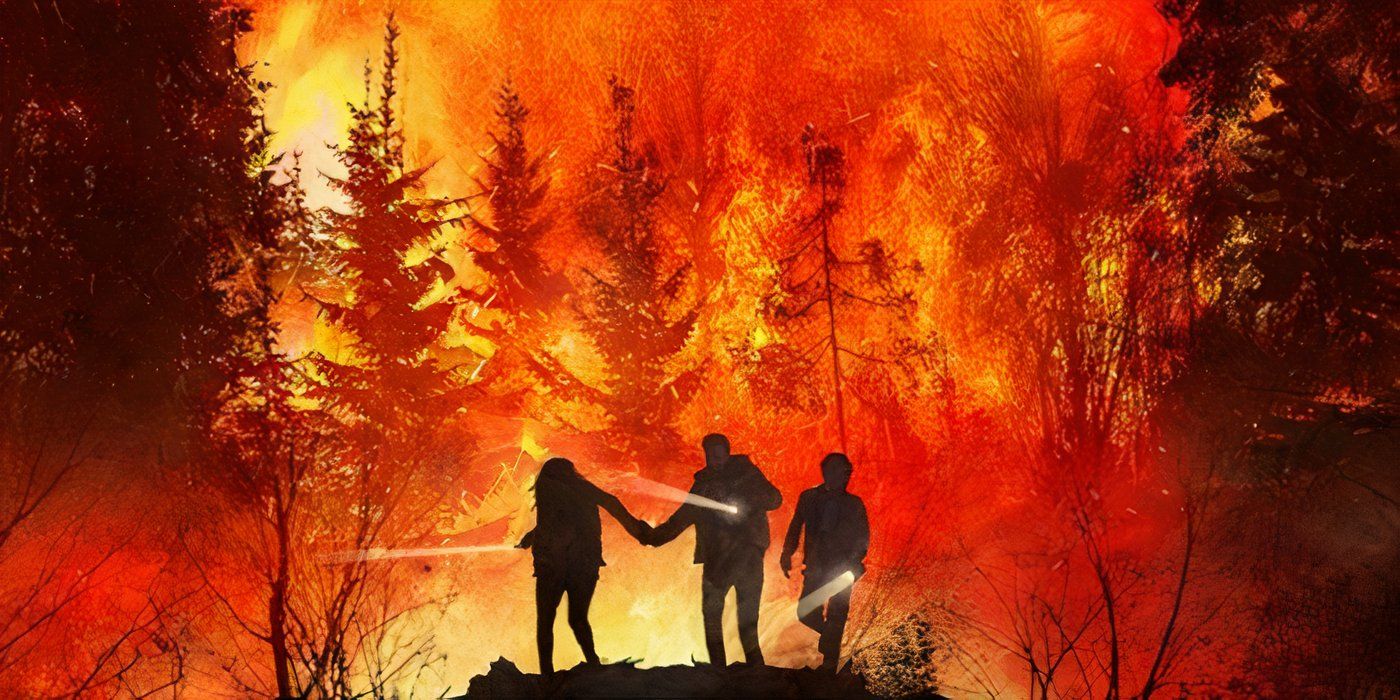Anyone who’s participated in community theater or high school plays can recognize the members of the Paranoid Dramatics group. There’s the guy who loves backstage in-jokes, the prop master obsessed with making cool toys, and the one actor who’s pals with everyone, but can never get her lines right. Harvey and Kummer’s subjects are easy to root for, partly because of how relatable they are, and partly through the filmmakers’ obvious affection for them.
That affection can also be a weakness. “Alien On Stage” is made by people who are deeply familiar with the production and the people behind it, and the film lacks some context that might help larger audiences forge a stronger connection. We’re told about the first production in Dorset, for instance, but see very little footage from it, or learn what about the performance turned Harvey and Kummer into instant evangelists. These qualities become evident later on with footage of the West End production; not getting to see how the show evolved or found its first group of fans feels like a lost opportunity.
In “The Spine of Night,” directors Philip Gelatt and Morgan Galen King simultaneously try to make their own mark on the fantasy genre and pay homage to some of its greatest artists, including “The Lord of the Rings” animator Ralph Bakshi and fantasy illustrator Frank Frazetta. The latter of the two would likely be particularly proud of what Gelatt and King accomplish here. The film’s quality doesn’t always the height of its ambitions, it’s still a worthy endeavor.
“The Spine of Night” is a fantasy epic that calls to mind the barren landscapes of “Conan the Barbarian” and “Heavy Metal” and the over-the-top violence of the cult animated series “Metalocalypse.” The skull-clad, bare-chested sorceress Tzod (voiced by Lucy Lawless) is our guide through a history of her land’s wanton cruelty, relayed to The Guardian (Richard E. Grant), who protects a blue bloom with hallucinogenic capabilities and intense destructive power. Tzod’s stories also involve Ghal-Sur (Jordan Douglas Smith), a scholar who over the course of the tales becomes an immortal sorcerer and a tyrant.
Taking place over hundreds of years, “The Spine of Night” features interesting worlds and creative designs for each of its fantasy eras, from the dark ages to a cyberpunk post-apocalyptic hellscape. (The rotoscoped characters, however, have a flatness that can feel incongruous with the gorgeous backgrounds, and some of the voice acting works better than others.) Joe Manganiello, as a hardened soldier, is a perfect fit, as are Lawless and Betty Gabriel, playing a cleric. For others, like Smith and Patton Oswalt, the latter who voices a despotic prince, the performances doesn’t always jive well with the character design. Considering the scope of the project, however, “The Spine of Night” is still an impressive achievement. This is hard fantasy, made by people who clearly know and love the form.
You can view the original article HERE.



